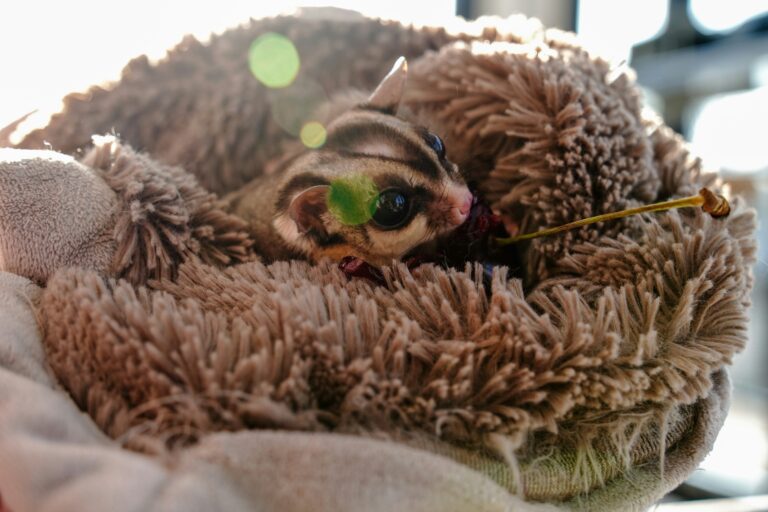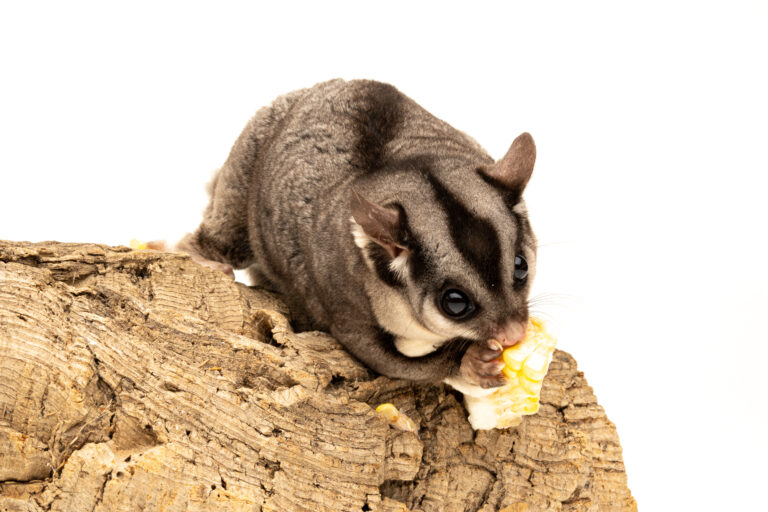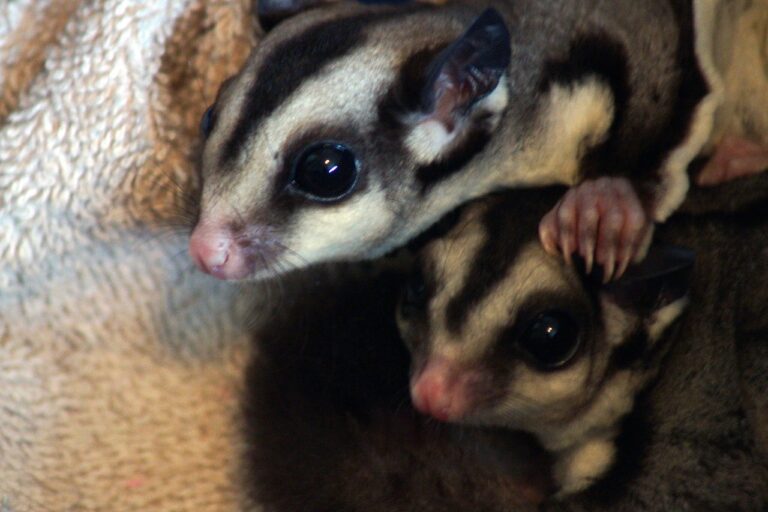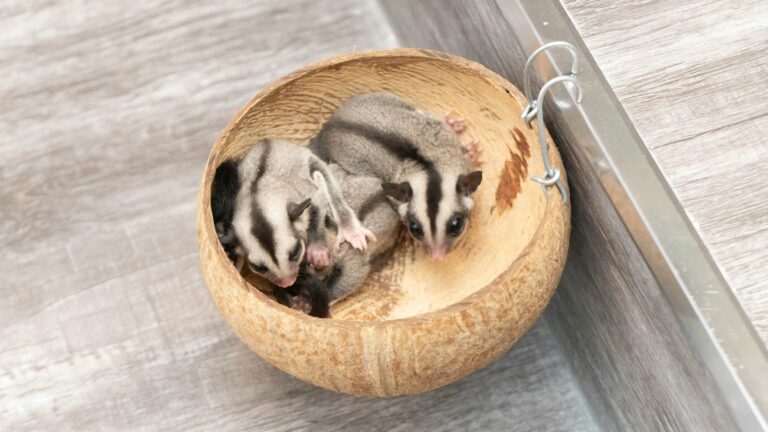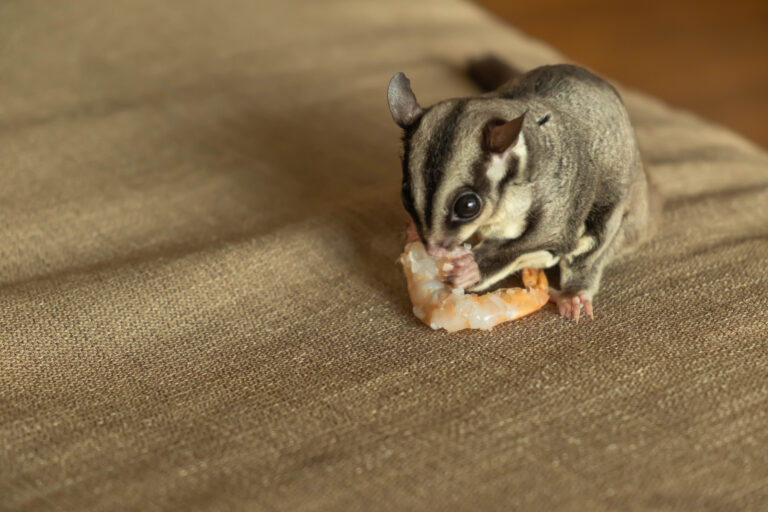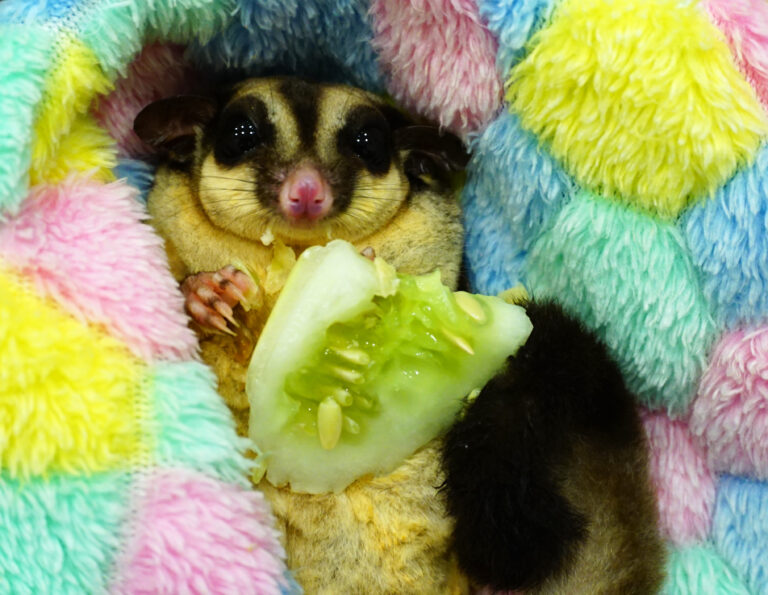Can Sugar Gliders Eat Grapes?
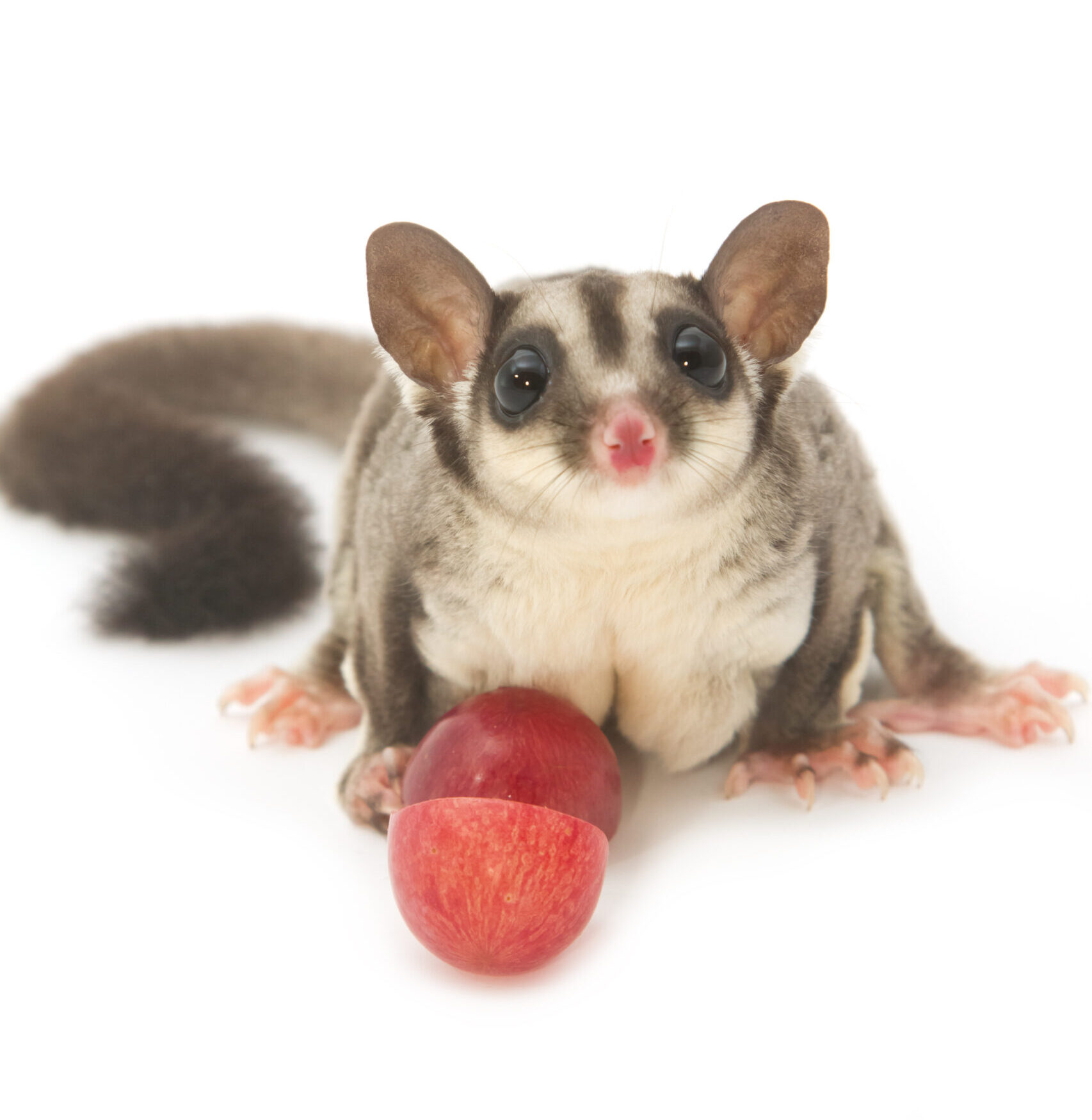
Sugar gliders love their fruit! To maintain a healthy diet, these little marsupials with a sweet tooth should be consuming around 2-3 teaspoons of fruit daily, accounting for 25% of their daily diet. The fruits you feed should be highly varied, from apples to papaya to strawberries. One favorite amongst sugar gliders are grapes.
Grapes can be a delicious treat for sugar gliders. They are readily available in most grocery stores and preparation is as easy as cutting them in half. They are also fairly nutritious and full of vitamins and antioxidants.
Though grapes are typically considered a safe part of a sugar glider’s diet, some pet owners prefer not to feed them. Grapes can be highly toxic to other domesticated pets, like dogs, cats, and ferrets. The fear is that grapes could possibly cause renal failure in sugar gliders, and though there may be some anecdotal evidence, to my knowledge there are no proven, documented cases of grapes doing this in gliders. There also haven’t been any studies testing it. If you have any concerns about feeding grapes, don’t hesitate to get your vet’s opinion!
Keep reading to learn more about the nutritional profile of grapes and how to feed them!
Nutritional Profile of Grapes
Grapes are a sweet treat full of vitamins and antioxidants. They are rich in vitamins C and K and contain antioxidants like flavonoids and resveratrol. They also provide needed minerals like potassium, calcium, and magnesium, and offer a moderate amount of dietary fiber.
The drawback is their high sugar content. Excessive sugar can lead to obesity, dental problems, and diabetes in sugar gliders, just as it can in humans. Because of this, if you choose to feed grapes, you should do so in moderation. Ideally no more than once or twice a week.
How to Safely Feed Grapes
Grapes can be very easy to prepare! Organic, seedless grapes are the best. Organic is ideal because you don’t want to expose your glider to pesticides. Grape seeds are also unsuitable for a glider to eat. Wash the grapes well and slice them long ways. Sugar gliders typically don’t like to eat the skins on fruits, preferring to get to the sugary goodness on the inside! The grape skins may not be the healthiest either, so if your sugar glider isn’t picking around the skin, you may want to consider peeling them.
Frequently Asked Questions
Can sugar gliders eat grapes safely?
Yes, but only in moderation and with proper preparation. Small, infrequent servings of washed and cut grapes can be included in their diet.
Can sugar gliders eat frozen grapes?
Yes! Sugar gliders can eat fresh and frozen fruit, but you should steer away from canned fruit because of added sugar content.
What fruits are best for sugar gliders?
Apples, blueberries, papayas, and melons are excellent choices due to their lower sugar content and nutritional benefits.
How often should I feed my sugar glider fruits?
Fruits should be a part of their daily diet, but make sure to balance it with proteins and vegetables to avoid excessive sugar intake.
Can sugar gliders eat dried grapes or raisins?
No, dried grapes or raisins have a much higher sugar concentration and should be avoided to prevent health issues.
What should I do if my sugar glider has digestive problems after eating grapes?
Remove grapes from their diet and consult a veterinarian to ensure there are no underlying health issues.
Are there any foods sugar gliders should avoid?
Yes, avoid feeding them chocolate, caffeine, onions, garlic, and processed human foods, as these can be toxic to sugar gliders.
Conclusion
Grapes can be a great addition to your sugar glider’s diet, but their high sugar content makes them unsuitable as a constant staple. When fed in moderation, only once or twice a week, your sugar glider can enjoy its sweet treats while not sacrificing its health.

